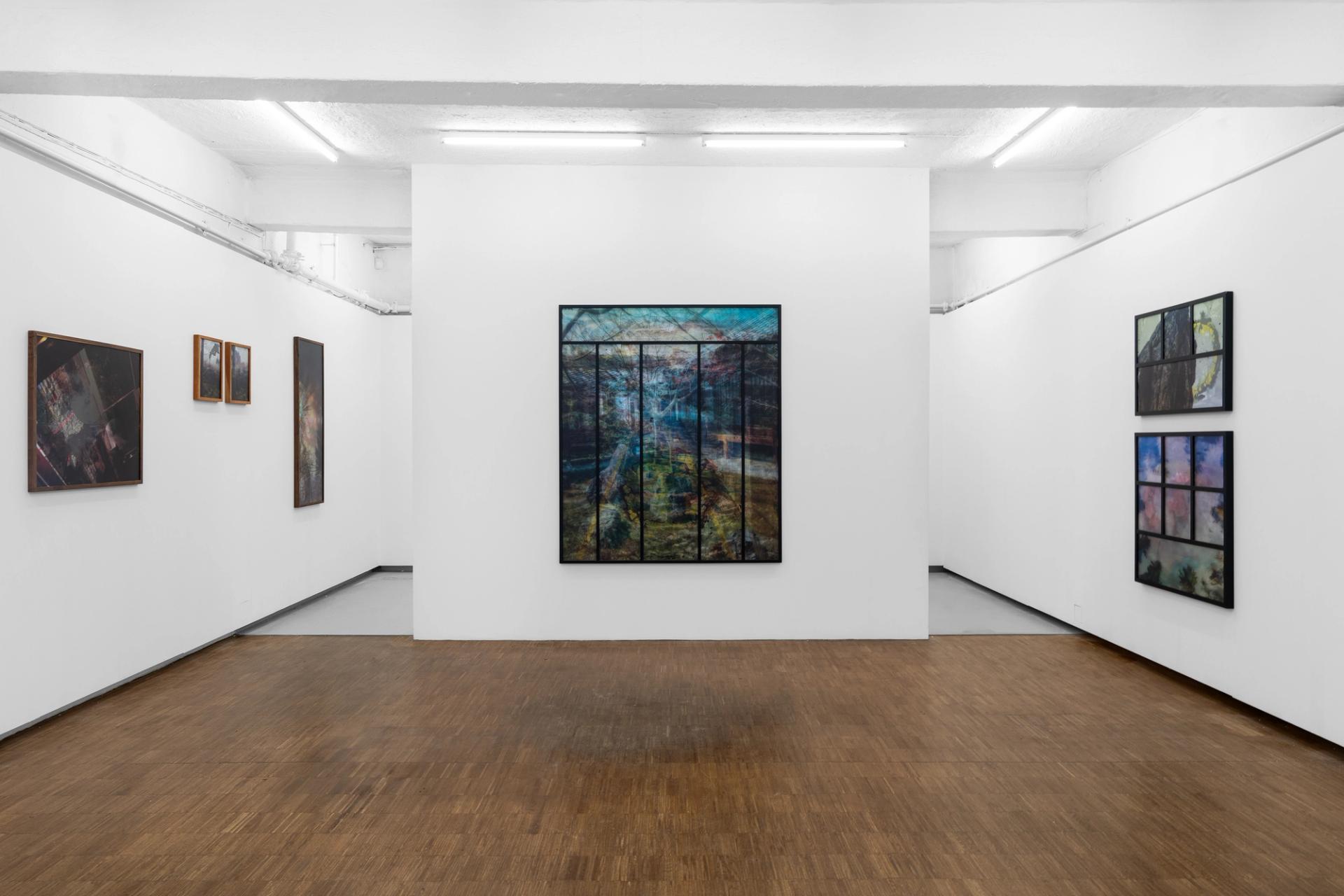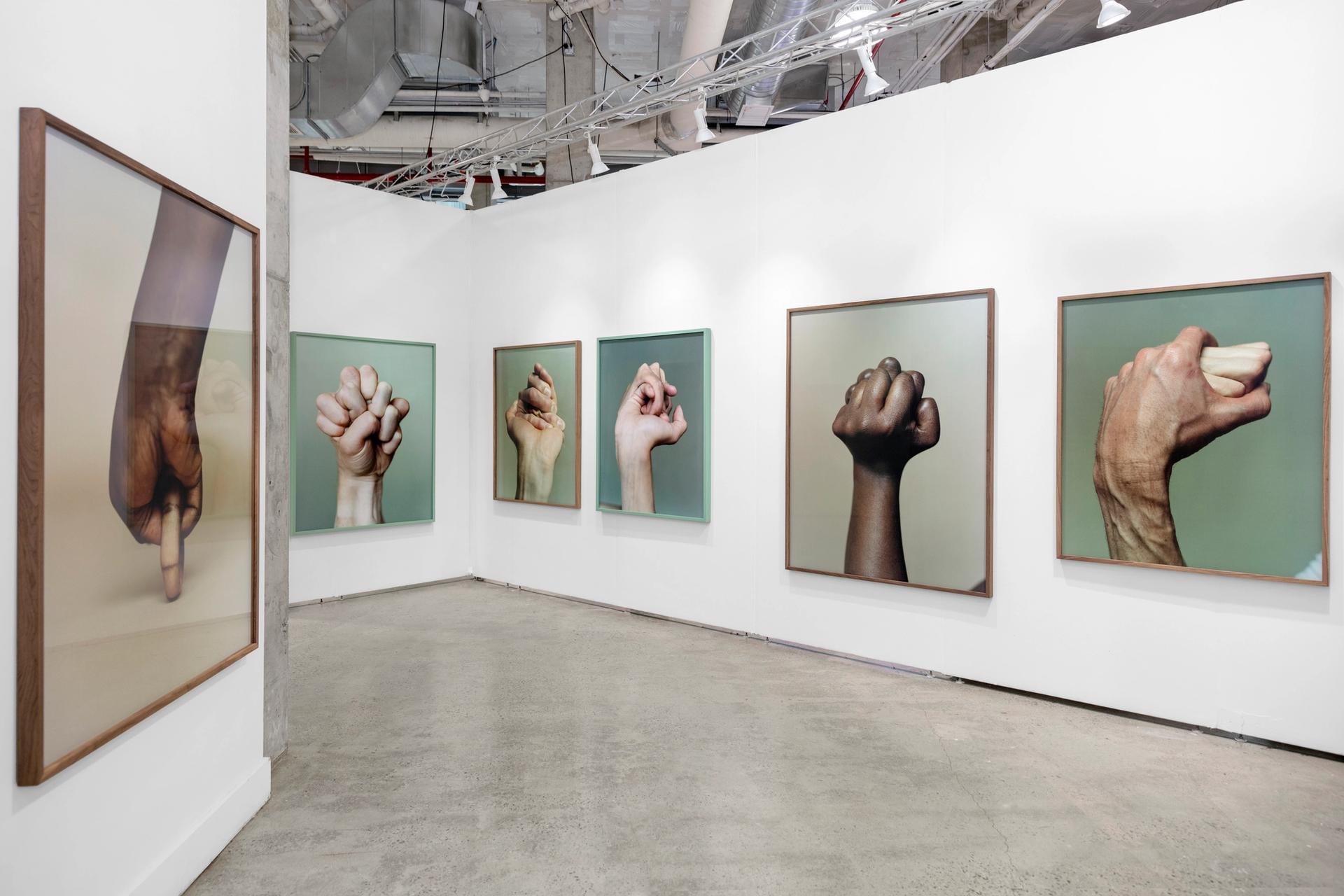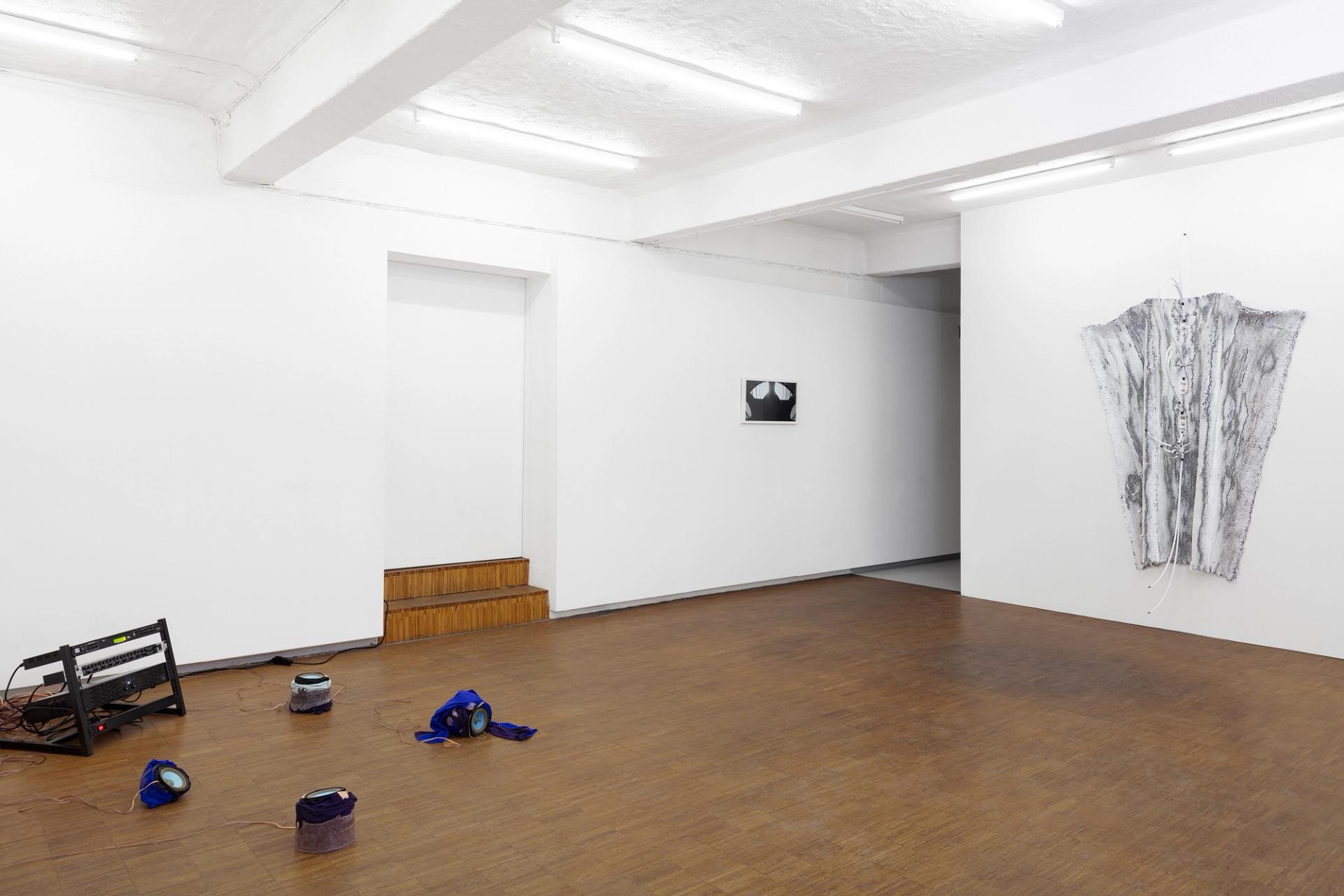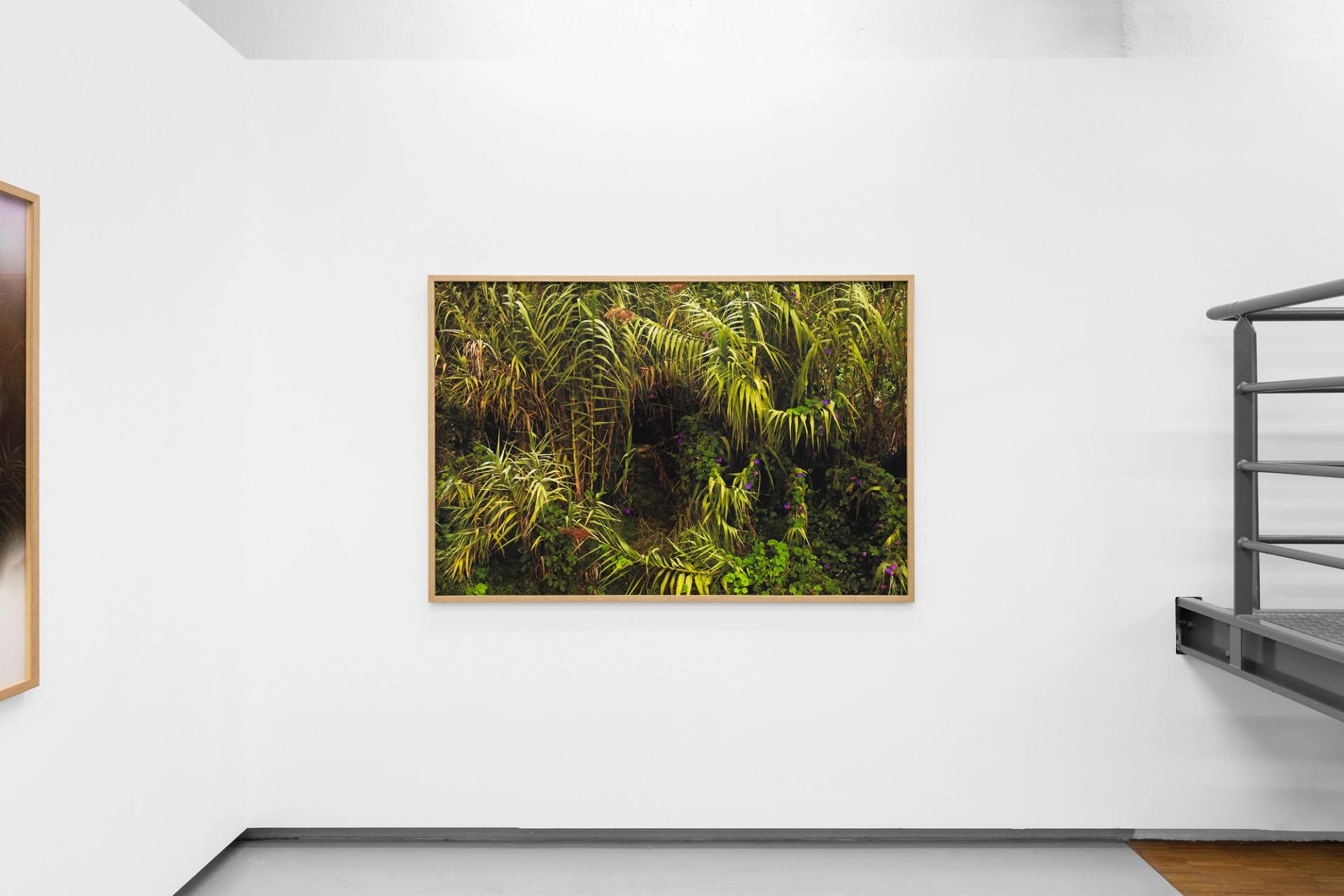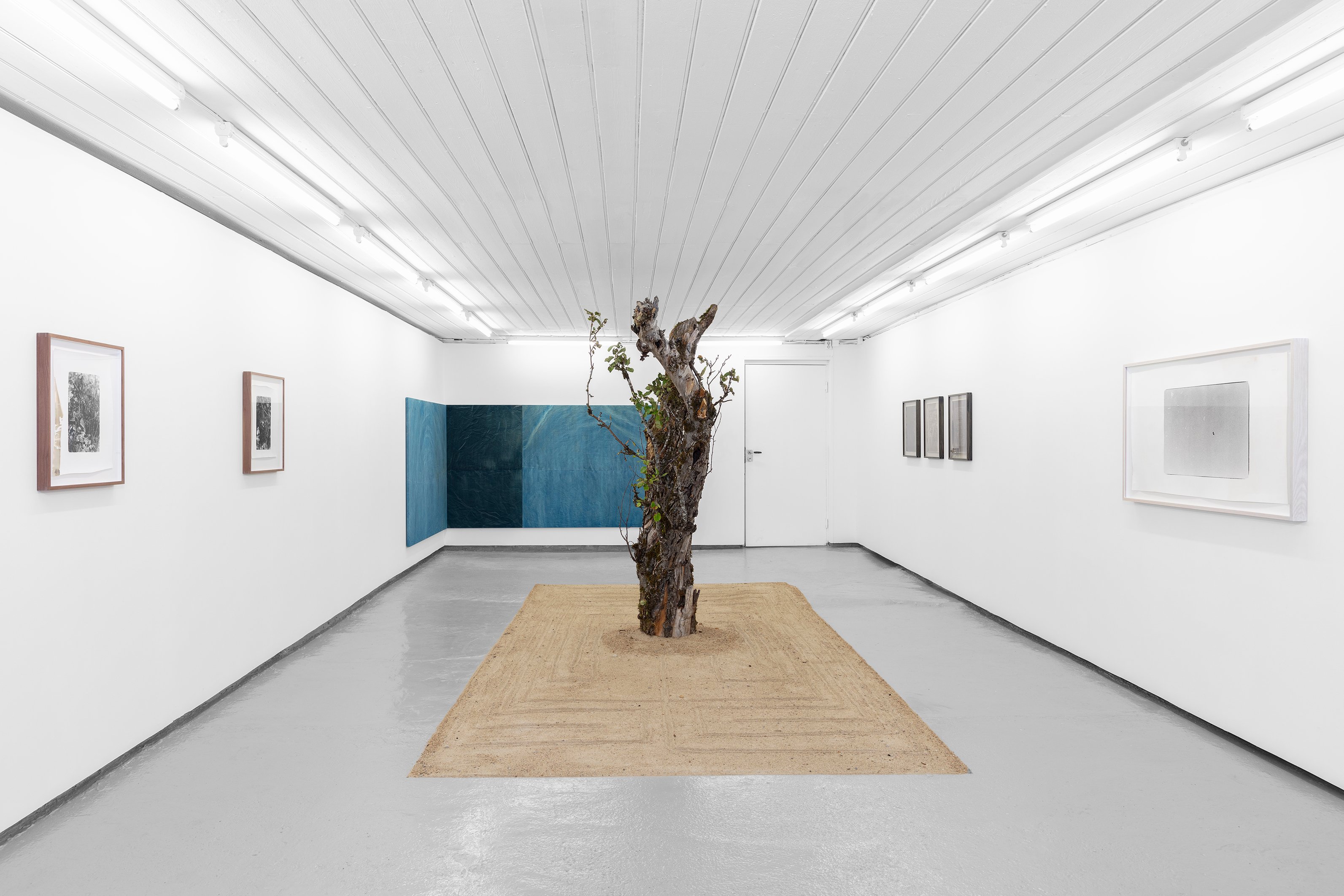
Kamilla Langeland lives and works in Gjerstad, Norway. She is a graduate of the Oslo National Academy of the Fine Arts and the Bergen Academy of Art and Design. Langeland’s work is concerned with relations between body, mind, nature and technologies. Working within a spectrum of media, her installations is made up by analogue photography, painting, sound, sculpture, and living organisms. Her most recent solo exhibitions include Stories of the Mind (Transitioning Into Uncertainty) at Entrée, Bergen (2019), The Garden We Share at NoPlace, Oslo (2018) and Cuckoo in the Weed Warbler’s Nest at MELK, Oslo (2017). Her work has also been involved in group exhibitions such as Refractions/Diffractions: What is Human in Times of Trouble?, curated by Susanne M. Winterling at Edvard-Munch-Haus, Warnemünde, Germany (2020); omissíssimo at Cavalo Galeria, Rio de Janeiro, Brasil (2020); The DNB grant exhibition at Oslo Kunstforening (2019); Suddenly gave the effect of Sunlight, curated by Sara R. Yazdani at MELK, Oslo (2019) and The Future Stands Still but We Move in Infinite Space, curated by Randi Grov Berger at OSL Contemporary, Oslo (2019).
Sara R. Yazdani is an art historian, art critic, and director for the art and research site K.O.S A. She holds a Ph.D. in History of Art and Media Theory from the University of Oslo. Her fields of research are modern and contemporary art with a particular focus on history and theory of photography, the relationship between art, media, technologies, theories of the Anthropocene, new-materialism and process philosophy. She is currently working on her first monograph, Self-Sufficient Images, a critical history of Wolfgang Tillmans’s oeuvre, and the re-emergence of an ecological, processual approach to art photography. As an art critic she has contributed to Flash Art, Artforum, Mousse Magazine, Kunstkritikk, Art & Education, Objektiv, and her academic writings have been published in a number of academic journals, such as Art Journal (forthcoming), and anthologies and exhibition catalogs on modern and contemporary art. She is currently a guest lecturer in art theory at the Oslo National Academy of the Fine Arts, Oslo (the MA Art and Public Space program).
Welcome to the second solo show at MELK with Kamilla Langeland on Saturday, October 3. In conjunction with the opening of the exhibition, MELK is thrilled to present a conversation between Sara R. Yazdani and Langeland with the title ”On Photography, Weather and Sensation.” The talk will start at 2 pm and last for approximately 30 minutes.
Phototropism is the movement of a plant bending towards the light, striving for sunlight—the source of life. Some fruiting mushrooms gravitate towards light as well, but the gravitation can also be towards fresh air, humidity and other nutrients. Tropism occurs in three sequential steps, starting with the sensation to a stimulus—meaning that it seeks stimulation in its surrounding environment. Sensationally all species gravitate towards habitats believed to be nourishing and rewarding, including us human beings. As an embodied experience and force, sunlight moves, affects, creates movement, forms and generates. It changes and manifests conditions and milieus. This embodied experience, human or not, is the weather. Weather, as Astrida Neimanis has so beautifully pointed out, is “context and milieu”, it is “an intra-active, naturalcultural phenomenon.” Weather is a material and sensational phenomenon—a processual force that makes human bodies, plants and fungi, water and sand transform one another in the creating of its environment. For tropism, as process philosopher Gilbert Simondon has argued, is our existence in the world before perception: “a being that does not yet grasp objects but directions, paths going upward or downward, toward darkness and toward light.” It is a body in action beyond interpretation, orienting toward a pairing of sensation and tropism. Phototropism (Bending Towards the Light) draws inspiration from such tropical pairing, emphasizing the productions of sensation and existence emerging between living and nonliving beings: falcons watching the meadow, one flying below the third quarter moon; wild apple trees slowly decaying in morning mist; rain washing off paper, cotton and linen prints. The tropism of Phototropism (Bending Towards the Light) emerges via moonlight and sunlight, bonding human and nonhuman beings, while turning the exhibition space into a dynamic atmosphere.
Another essential element in the exhibition is the labyrinth drawn in sand on the floor, inspired by the first labyrinth, at Knossos on the Greek island of Crete. The strange tropical installation presents the archaeological site of Knossos, now operating as an emergent site, the totality of an environment in which human and nonhuman species live, breathe, exist, and move together. Life is like a labyrinth—it has a beginning and an end. It is an environment connected to the weather, modulated by the heating sun. Historically (with traces of the Middle Ages and pagan rituals) the labyrinth has been considered a meditative practice, bringing calm and contentment. When entering a labyrinth there is a path into the center. The path is like our intuition, not straightforward but curling in unexpected directions, trusting the path will lead the way. A maze, on the other hand, has several entrances and paths, with obstacles and dead ends on the way. When following a single path, one is bound to get lost. The mind is like a maze, where thoughts lead to goals and dead ends. While presenting an open-ended meditative world, Phototropism (Bending Towards the Light) addresses concerns with the maze structure: the sensing technologies, software and the Internet transforming and directing our environments, becoming a part of them, designed for us never to leave, forever connecting water, trees, fungi, and our bodies and minds to codes and signals.
– Kamilla Langeland and Sara R. Yazdani
[1] Astrida Neimanis, “The Sea and the Breathing,” Oceans in Transformations. e-flux architecture (May 2020): unpaginated. The essay is beautifully illustrated with works by Susanne M. Winterling.
[2] Gilbert Simondon, On the Mode of Existence of the Technical Object, translated by Cecile Malaspina and John Rogove (Minneapolis: Univocal, 2017), 203
The exhibition is generously supported by Bildende Kunstneres Hjelpefond and Arts Council Norway.
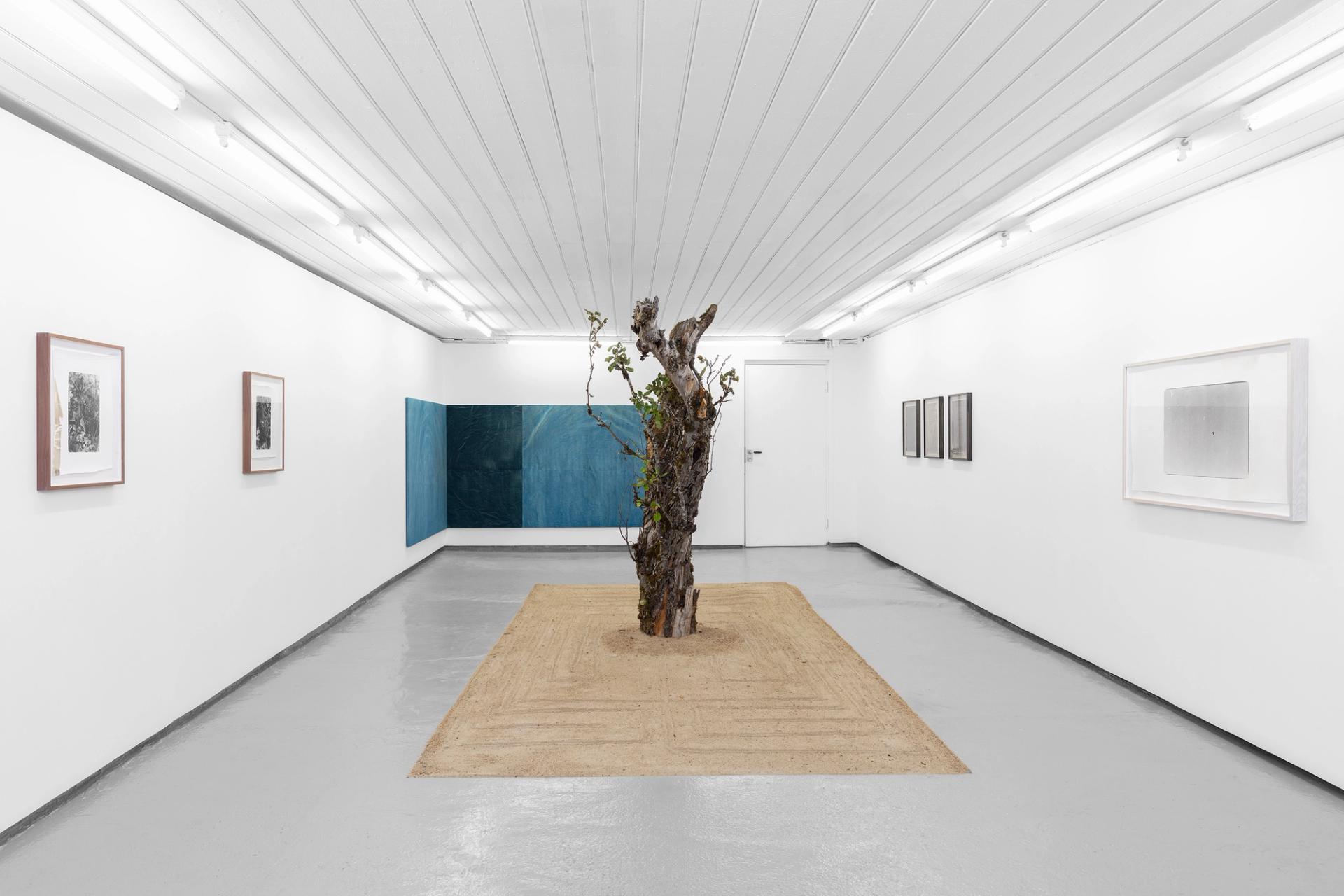
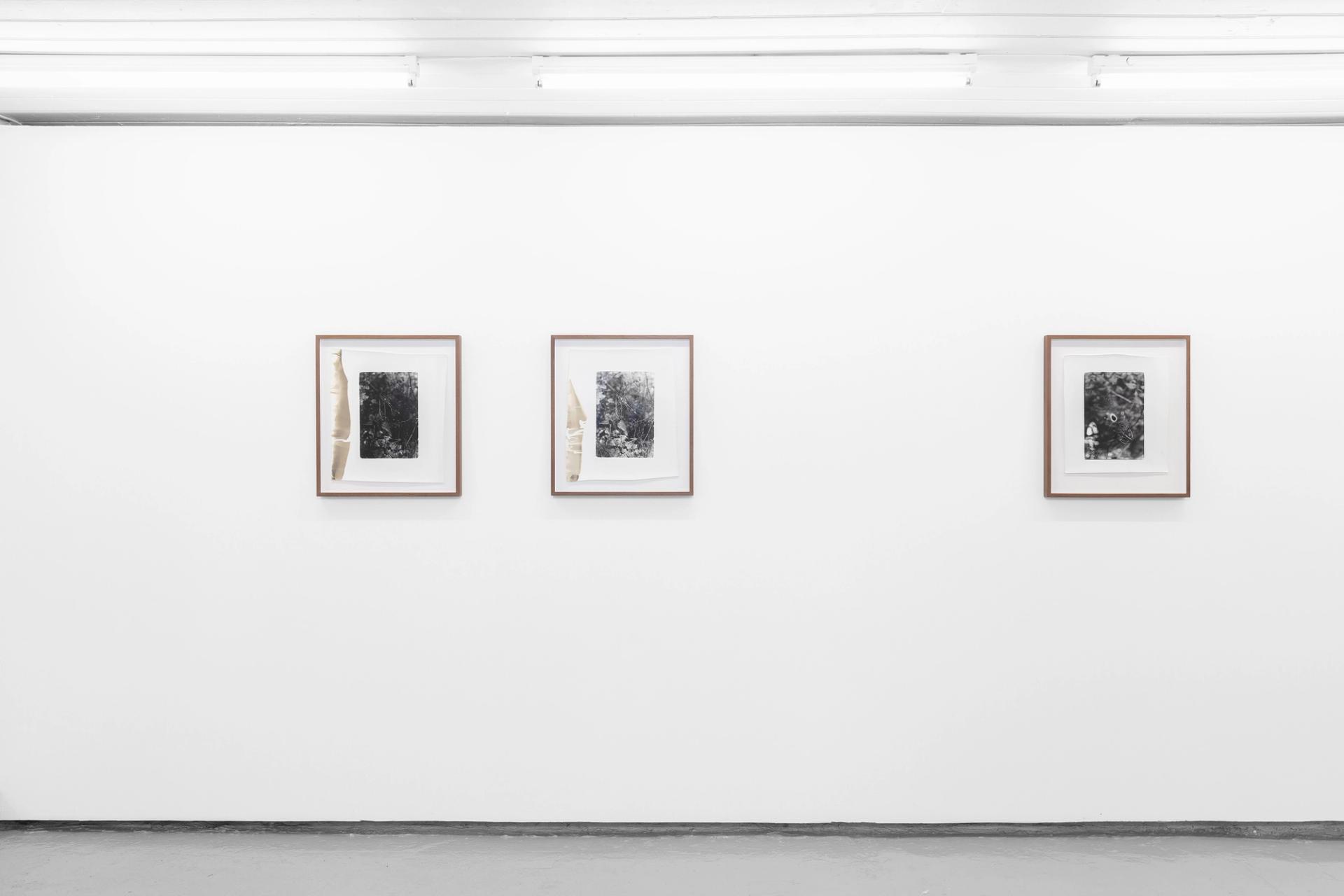

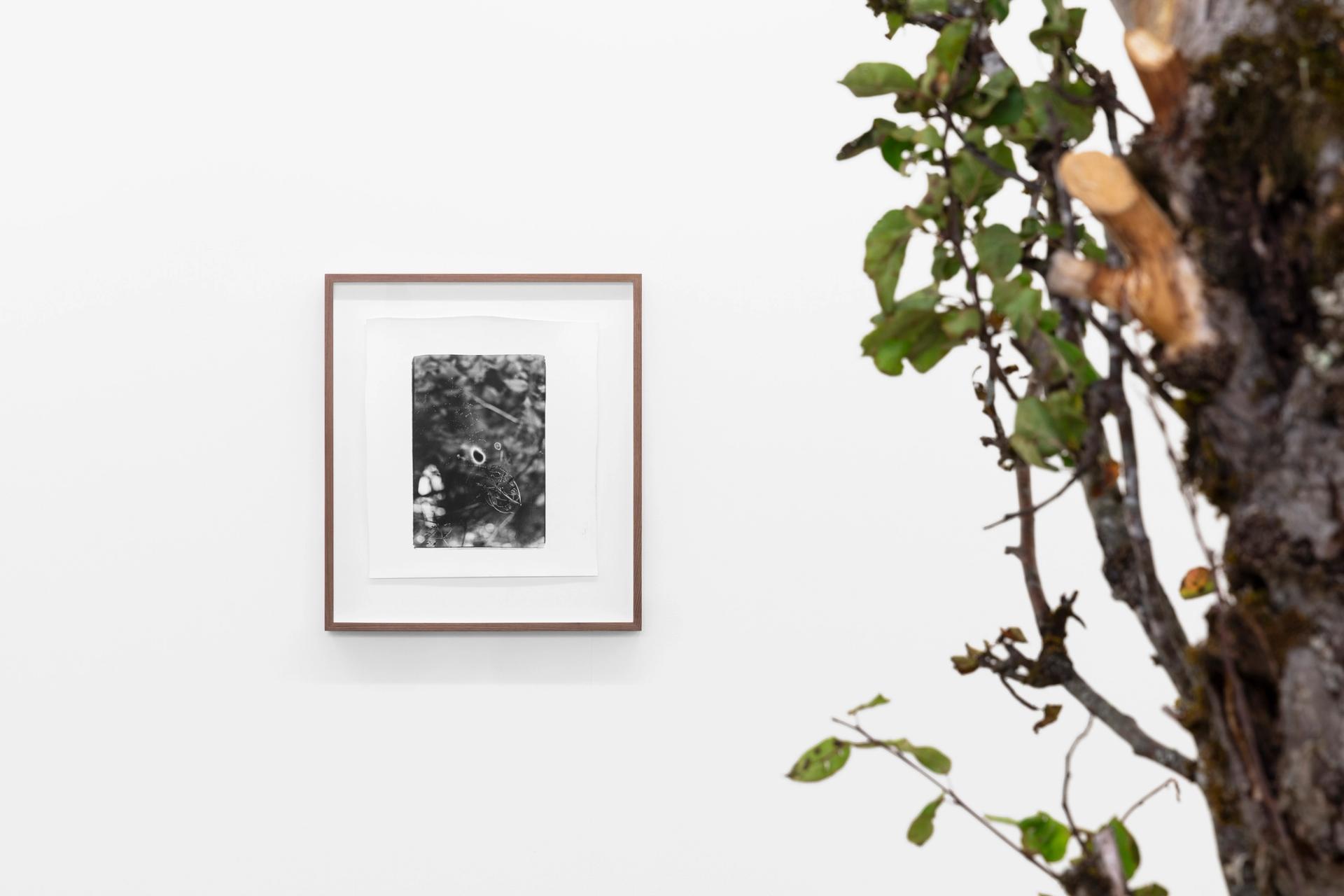
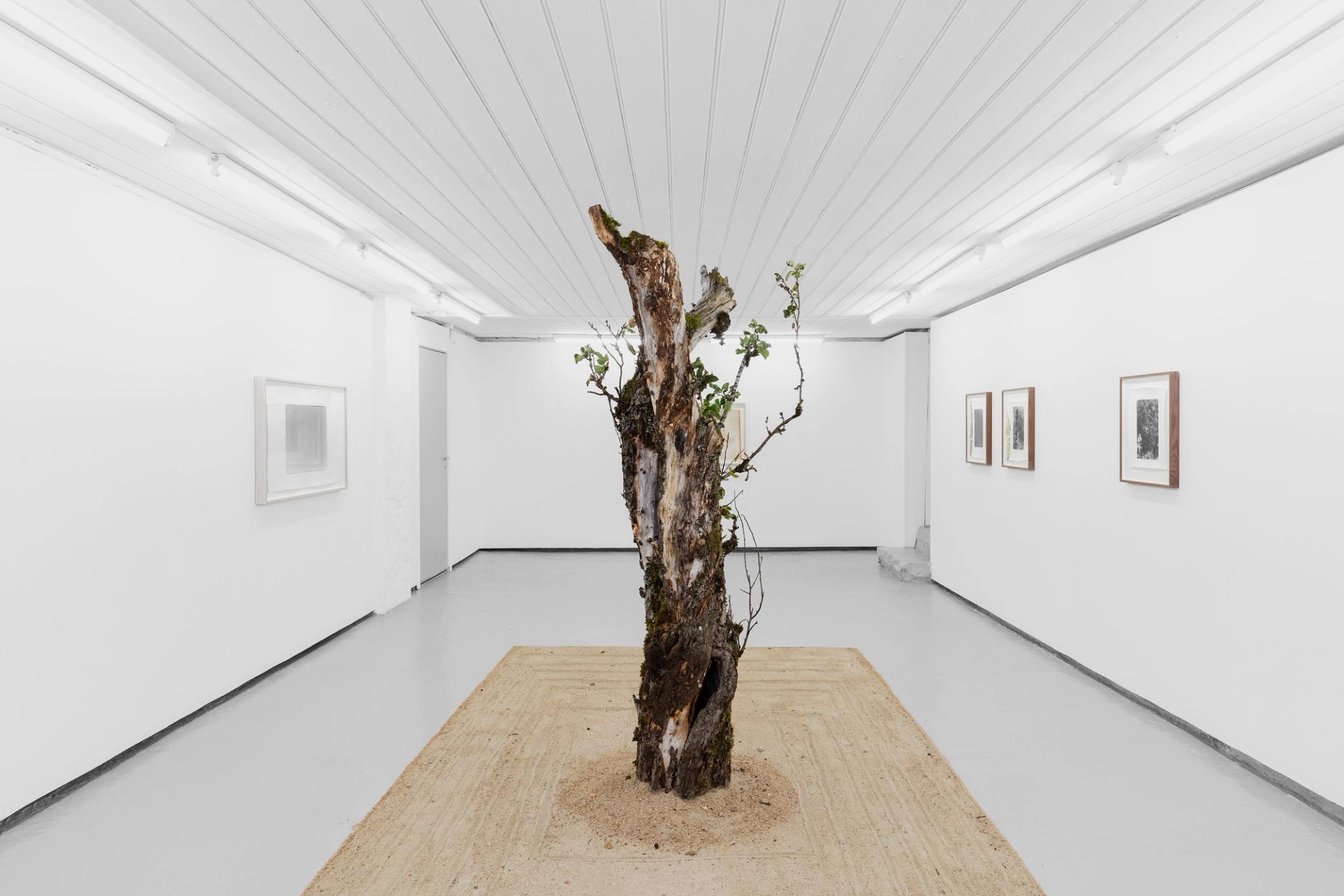
↓ Previous Shows
